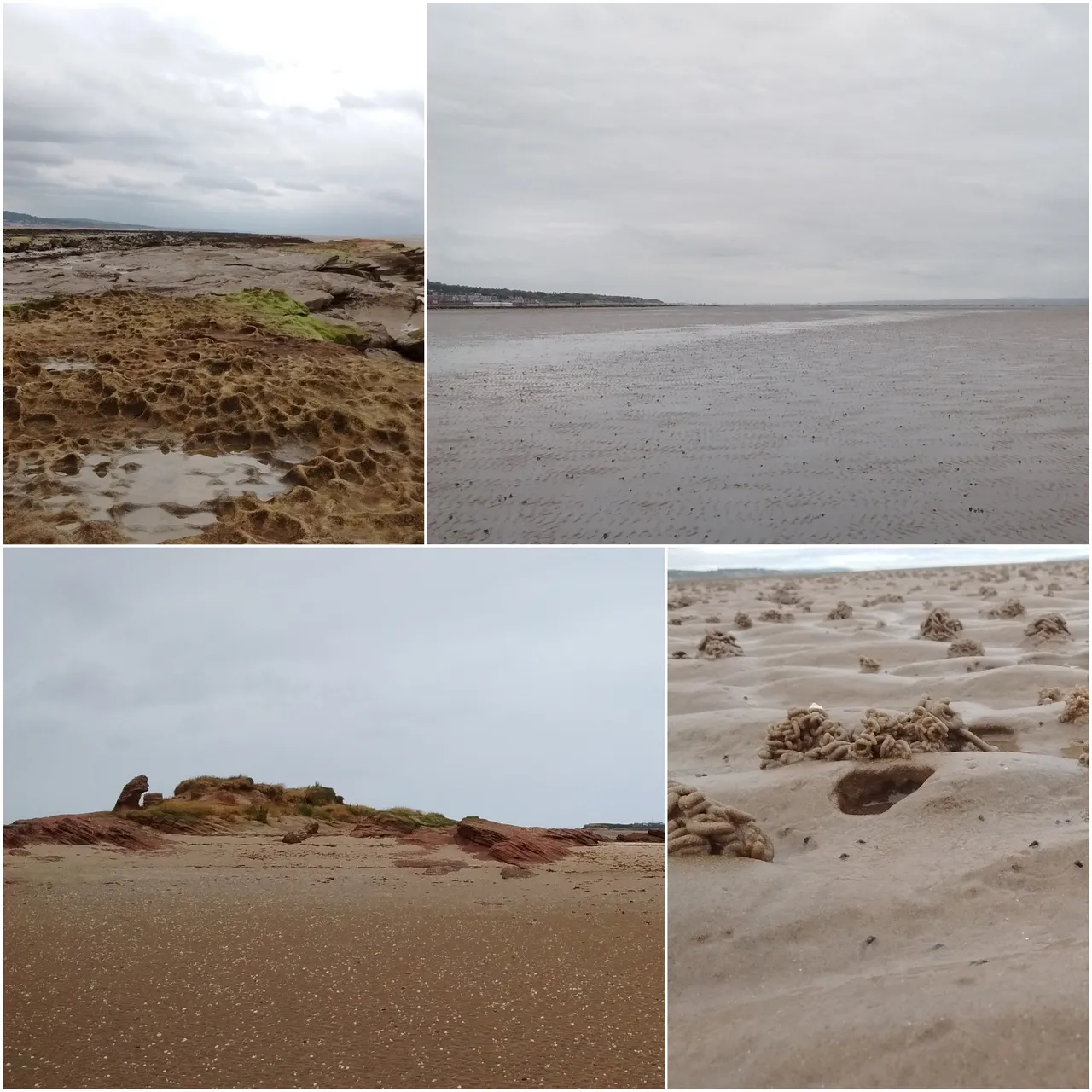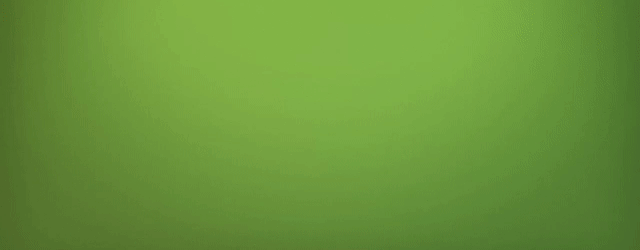



West Kirby & Hilbre Island - Where Sky Meets Sea
West Kirby is a small town located at the corner of the Wirral peninsular on the river Dee. Just off shore there are two small islands, which you can see on the right of the panoramic above, called Little Hilbre and Hilbre Island. In the far distance, the hills of Wales line the hazy horizon, hugged by brooding clouds, heavy with the threat of rain. Hilbre Island is an awesome place to visit if you are a nature lover. The reserve boasts a bevy of wading birds from Oystercatchers and Curlew to the rarer Purple Sandpiper which winter on the island. Also, nesting birds such as skylarks and meadow pipits can be seen swooping in and around the bracken on the main island. A colony of grey seals bask on the sandbanks when the tide is out and can often be seen swimming in the waters surrounding the island.

Hilbre island is only accessible when the tide is out, which is when the sky meets the sea as the river Dee is transformed into a flat desert of sand. There is a set path you must follow to avoid quicksand, although I have seen West Kirby locals completely ignoring the recommended crossing. It is advised to cross from West Kirby beech to a small rock called 'the eye' just before Little Hilbre and then follow the line from Little to the main Hilbre island. Although at first glance the estuary looks like a desert, life bubbles under the surface. Small piles of what look like string litter the surface of the sand, trails left by feeding sand worms that have retreated with the receding tide.

The journey across the estuary, is a peaceful walk of around three miles and you will see few people apart from the ever present RNLI lifeguards who work tirelessly marking areas of shifting sand. I find the flat almost lunar landscape very settling. I love to practice walking meditation here, focusing my mind on the feel of the sand crunching underfoot, drifting off into the present moment with the distant murmur of the sea. Small rivulets of water create bands of silver in the sand-scape, while smears of emerald seaweed trail lazy tails from the lee of the isles. It is an easy place to let your worries slip away in a moment of mindful clarity. Each stage of the journey to Hilbre has a different energy to it, the thirty minute walk to the first island is a time of silent contemplation, when you finally arrive at the islands the sounds of wildlife wakes you up to the world.
drifting off into the present moment with the distant murmur of the sea. Small rivulets of water create bands of silver in the sand-scape, while smears of emerald seaweed trail lazy tails from the lee of the isles. It is an easy place to let your worries slip away in a moment of mindful clarity. Each stage of the journey to Hilbre has a different energy to it, the thirty minute walk to the first island is a time of silent contemplation, when you finally arrive at the islands the sounds of wildlife wakes you up to the world.


Walking the Bed of a River - Creativity in Natures Song
I find immense creativity in nature and wilderness places. Away from the city, it is almost like a muffler is removed and the cadence of calling birds mingling with the murmuring wind imprints a profound music on my soul. As I approached Hilbre island I noticed this feeling growing in me, along with the far off hoots of seals on the sandbanks across the water. I decided to stop and sit with my eyes closed and listen to the sounds of this building chorus. The seals hoots, refracted by distance wailed with the wind while water trickled through nascent veins of sand and rock formed in the tides retreat. I took notes on my phone which quickly started to form a poem (previously unpublished) which I have included a reading of at the end of this article.

I think that places of nature like this are essential for nurturing a balanced outlook in life. I am by no means blind to the cruel indifference of nature in the predator/prey dynamic and this is evident in a verse in the poem, but I feel that humans have disconnected with the instinctual to a large extent through over-development of ego or the thinking self. The profound beauty that I find up-welling in me when I go out into nature is born of this re-connection with the instinctual and the clarity that comes with this way of being. It is not a case of switching off your thoughts but rather quieting that part of you that wants to define everything you see based on what you think you know. This clarity allows for a pure sensory observing which is very important in good creative writing. Good poetry expresses story or place in the most refined format as the writer attempts to pin-point the nucleus of an image or idea. This is why there is less use of conjunctive words and more metaphor, it's literally an exercise in saying more in less words.
The feeling of creativity stayed with me as I continued my journey to the main island. I have written about how to use perspective in photography to help with mental health issues before and I continued this practice as I wandered on. This exercise is kind of like a visual game which shifts the focus to quiet observance in a similar way to what I described above. I'm not a photographer really, or at least I don't have the equipment to be called one lol. But I try to be inventive with textures and perspectives. Check out the pictures below, all taken on my smart phone.

Hilbre Island - A Hidden History
As I approached the island the distant seals wails serenaded my arrival. This was not my first visit, as I have been coming here since I was a child. I was determined to find out more of the history of the buildings on the island, as all I knew was that the lifeboat crew were once stationed here. I was mindful of the time, as you have a 3-4 hour window to make the crossing and back unless you want to be stuck on the island due to the rising tides. I won't go into the procedure of how to read the tide tables but if your ever in Merseyside and want to make the trip you can find out all the info you need here.

I noticed a couple of rangers surveying and photographing the seal colony through a very powerful camera, they looked busy so I didn't approach them to ask if I could take a picture but as I walked past one of the buildings I saw an elderly man unpacking some gear from a Range Rover. After asking him if he was the head ranger he laughed, explaining that he was far too old for that. I asked him his name and we struck up a conversation. Over the course of the next 30 minutes I learned more history about the island than I thought possible. Charlie was a walking fount of knowledge, he kept stopping and closing his eyes as he explained the history of the buildings to me, explaining that when you reach the age of 71 you need a little time to get the neurons firing. He confirmed that the slipway and building at the far (east) end of the island was indeed an old lifeboat station from before the world wars but that they were never inhabited long term. Apparently the buildings were added later as holiday residences for important employees of the Liverpool docks.

According to Charlie, the island was also used during the second world war as a control centre for a network of beacons that were set up in strategic locations to fool incoming bombers, confusing them as to the location of Liverpool's docks. The docks were a strategic supply point and the beacons would be lit in certain patterns to mimic the lights of different towns in the area fooling the German planes into dropping their bombs on farm land. I have since conducted some internet research on the island and discovered that it was inhabited on and off since the Stone Age but as Charlie warned me, I found no records of this military history. Apparently, the location and operation was a closely guarded secret, to the extent that only local historians know about it to this day. He said I could verify all of this at Liverpool central library but that he could show me the evidence in the landscape. He then led me to the (now overgrown and bricked-up) site of a bunker which the signal-men would have lived in during that time of great struggle (check out the pics below).

The Final Adagio of Siren's Song
Charlie was such an interesting guy, but as time was ticking for the incoming tide, I thanked him and continued on to the far end of the island where there was a chance of spotting seals languishing at the shore in the gentle sway of slack water between the tides. As I walked along the southern coast I took advantage of a rather rickety wooden view point to see what I could see. Almost straight away I could see dots of bobbing heads loosely scattered along the coastal waters. I got a little overexcited as I love seals and having had the privilege of scuba diving with seals in the past, kept wondering about the possibility of bringing my fins and mask next time to attempt some free-diving. Note: do not try this without boat cover, as the waters around Hilbre are very tidal and strong currents make it very dangerous for swimmers. As I approached the slipway and the far end of the island I told a group of walkers that I had spotted seals in the water. They smiled and replied that I should continue on to the end of the island as I'd be happy with what I'd find.

The sea was alive with bobbing seals, I counted 18 at one point and I slowly wound myself down the rocks of the slip way to sit right at the shoreline. I stayed low and moved slow so as not to freak out my furry friends but honestly, they did not seem at all bothered. They watched me as I watched them and at one point a curious seal was about 10-15 feet away looking me right in the eye. I can't tell you how much interactions with wildlife like this mean to me, I will let the short video clip and poetry reading below describe how I felt.
If you have made it all the way to the end of this travel epic, bravo 😉 and many thanks for reading. I hope you enjoyed the trip to Hilbre Island 😎
The music used in this poetry reading is called "The Nymphaeum part III" Exzel Music Publishing freemusicpublicdomain.comLicensed under Creative Commons






Join us @steemitbloggers
Animation By @zord189

